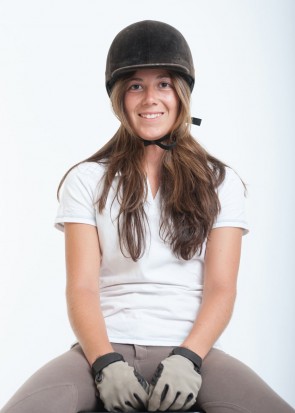
With so many bird species, as well as the various sizes and
types of bird cages on the market today, choosing the correct
one for your pet bird can be quite hard. If you consider all
general factors of bird cages, you can easily choose one that is
safe, comfortable, and very convenient regardless of the type of
pet bird you have.
A very important factor when choosing bird cages is the size of
the cage. You should make sure to get a cage that is the largest
you can find of the type of bird you have. It is always best to
not try to stick to the minimum size recommended, instead opting
for a larger size to ensure that your bird has the most space
possible.
Next to consider when choosing bird cages are the various shapes
available. Cylindrical shaped bird cages should be avoided since
they are often too small. In fact, many bird can feel quite
insecure in that type of cage.
When it comes to small birds, length is definitely more
important than height. Birds often fly within their cages for
exercise and their flight pattern tends to be side to side
rather than up and down. For birds such as large parrots, taller
cages are ok because the extra height enables the bird to
exercise by being able to climb, but they should also be wide
enough for the bird to stretch and also play.
Bird cages often have different types of bar/wire spacing. This
spacing should be adequate because it is a very important aspect
of a bird cage. If the spacing is incorrect, it could cause the
bird to get its wings, head, feet, or even beak caught. This
could be fatal to your pet bird.
Parrots need a cage that have horizontal bars so the bird can
climb on the cage’s side. But for those birds who do not use
their beaks when climbing, such as finches, doves, and/or
canaries, it doesn’t matter what the bar orientation is.
Of course, you definitely want to make sure you buy a quality
cage for your pet bird. Those that are well-made using high
quality materials can be quite expensive. But they are well
worth the expense since they are not only safer, but last much
longer than those that cost less.
You want to make sure to choose bird cages made from safer,
non-toxic materials such as stainless steel and/or powder-coated
wrought iron. These are definitely more durable and look much
better than their cheaper counterparts.
Bar spacing isn’t the only aspect to consider when choosing safe
bird cages. Your pet’s wings, head, beak, and/or feet can also
get caught in other features of a cage. Any intricate designs or
fancy scroll work should be avoided, as well as doors, latches,
or any other parts of the cage that can potentially trap your
pet bird.
Also, high levels of lead and zinc can be a problem and are
usually found in older, painted cages. Avoid cages made with
galvanized wire that contains zinc, as well as those with zinc
components like hinges and latches. Any cage with a sharp edge
is definitely a hazard.
Last, but not least, the cage you choose should be easy to
maintain. Pull out trays will help to make cleaning the cage’s
bottom very easy and wider doors help to make access for
cleaning easier. Make sure you can also easily remove/replace
the bird’s food and water dishes without having to open the main
doors. Be aware that cages made of stainless steel and wrought
iron are generally easier to maintain.
 Canine Disease Similar To Alabama Rot Present In The Uk - Warning To Dog Owners
Canine Disease Si
Canine Disease Similar To Alabama Rot Present In The Uk - Warning To Dog Owners
Canine Disease Si
 Cat Hairball Treats Reviews
Hey Cat Owners, you know you will eventually end up find
Cat Hairball Treats Reviews
Hey Cat Owners, you know you will eventually end up find
 What Happens When Your Puppy Begins To Get Their Adult Teeth?
What Happens When
What Happens When Your Puppy Begins To Get Their Adult Teeth?
What Happens When
 Controlling A Dogs Reactivity To Other Dogs
Controlling A Dog
Controlling A Dogs Reactivity To Other Dogs
Controlling A Dog
 Why Is It Important To Wear The Right Clothes For Horse Riding?
Why Is It Importa
Why Is It Important To Wear The Right Clothes For Horse Riding?
Why Is It Importa
Copyright © 2005-2016 Pet Information All Rights Reserved
Contact us: www162date@outlook.com